Working from home wellbeing guide

Working from home can affect how we feel in all kinds of ways, some good, and some bad. This guide to work from home wellbeing will help you recognise signs that your wellbeing is being compromised by your homeworking situation, and walk you through some possible solutions.
By law, your employer is responsible for your physical and mental health and safety — even when you’re working from home. If you are struggling to cope, talk to your employer and, if necessary, seek advice from your GP.
Work from home wellbeing benefits
With a good routine, healthy habits, suitable ergonomic equipment and support from your employer, you may find your physical and mental wellbeing dramatically improves when you work from home.
Here are some ways working from home can improve your wellbeing:
- No commuter stress
- No social pressures
- Less to plan and organise (such as what to wear or eat)
- Comfortable environment
- More control over factors like temperature and noise levels
- Have your pets around you
- Spend breaks doing things you enjoy at home
- More time for exercise
- Freedom to be yourself (move/dance/sing as much as you like)
Work from home wellbeing challenges
Working from home can be a dream lifestyle. You’re free from many of the restraints and rules set out in the typical office. No commute, no office politics, no drab corporate decor. You can spend your days in the comfort of your own home with more freedom to work in ways that you enjoy. Of course, we’re all different; we don’t all have a suitable space at home and we’re not all good at spending time alone. Every dream has a flip-side.
Do you recognise any of these work from home wellbeing challenges?
- Feeling isolated and alone
- Dealing with stress, anxiety, or other mental health issues without the support of colleagues
- Working longer hours
- Difficulty switching off after hours
- Less physical activity (no need to go anywhere)
- Feeling pressure to work while ill (presenteeism)
- Unsuitable equipment and set-up leading to discomfort and pain
How to take care of your work from home wellbeing
The key to improving your work from home wellbeing is to take it seriously. Prioritise your wellbeing. If you don’t, you and your work will suffer. There are three key areas to consider when it comes to work from home wellbeing. Let’s take a look at what they are and what measures you can take.
1. Behaviours

Exercise, movement and stretching
Physical inactivity is the fourth leading risk factor for global mortality, and a key cause of health problems such as stroke, diabetes and heart disease. Lack of exercise can also affect our moods and mental wellbeing. It doesn’t help that increasing numbers of jobs are computer-based with a basic requirement to sit down all day. You may find you’re even more inactive at home than you are in the office, because you no longer need to commute, walk up and down flights of stairs, or walk across the office to visit a co-worker.
Here are some great tips to help you remember to exercise, move and stretch more to boost your work from home wellbeing:
Set aside time to exercise most days — whether it’s the gym, online videos, a quick high intensity interval workout, walking, or yoga. Find an exercise that suits you, and make time for it regularly.
Wear a fitness tracker to keep count of your daily steps, aiming for 7-10k.
Not everyone has access to sit-stand home office desks, but that doesn't mean you have to be sedentary. Set an alarm and every 30 minutes, get up from your seat and move in some way — run on the spot, dance, do some jumping jacks, or jog to the kitchen to make a hot drink.
Use a sit-stand desk to move between sitting and standing every 20 minutes. This stimulates your blood-flow and activates your core muscles.
Eye health
To stop fatigue, dryness, headaches and strain, you should focus your eyes on different distances from time to time. It's a good idea to follow the 20:20:20 rule - every twenty minutes, look twenty feet away for twenty seconds.
Nutrition
What you eat, how much and when can all affect your work from home wellbeing. Here are some tips for eating well to feel well:
Avoid feeling ‘hangry’ (hunger-related anger) by eating a nutritious, filling lunch with plenty of protein and vegetables.
Maintain a healthy weight by consuming sufficient calories for your body, depending on your sex, age, BMI and activity levels.
Limit processed foods, meat and anything high in sugar.
Drink plenty of water to stay hydrated.
Communication
Loneliness is a real problem when it comes to working from home. Not being surrounded by colleagues all the time means you can easily start to feel isolated and in need of real-life connection. Here are some tips to keep you in good communication while you work from home:
Be aware of signs of stress in yourself and others.
Express any wellbeing concerns with your manager or HR.
Make an effort to socialise with your co-workers, even if only virtually.
Use your lunch break to catch up with a friend.
2. Environment

Your environment can easily affect how you feel. For instance, it’s not easy to be productive if the space you’re in is dark, messy, smelly, or cramped. Dedicating time and investment to create a homeworking space you love is well worth the effort. Here are some environmental factors to think about when considering your work from home wellbeing:
- Hygiene — do you have a daily cleaning regime?
- Lighting — is there enough natural light coming in? Could you invest in a SAD lamp, or other artificial lights?
- Air quality — is the area well-ventilated? Could you benefit from a personal air purifier?
- Space — have you arranged your furniture to make best use of space? Do you have enough storage to keep everything tidy and organised?
3. Equipment
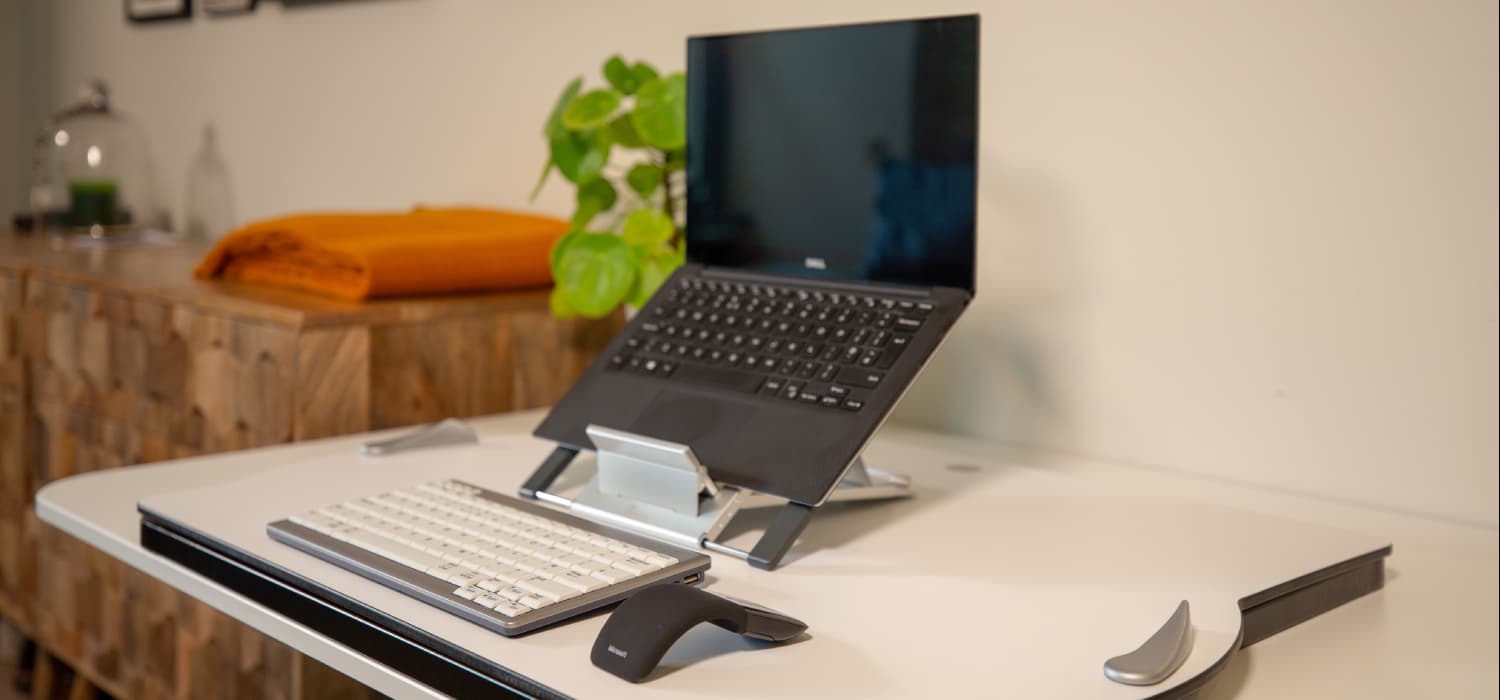
The equipment you use - including home office chairs, can affect how you feel — not just physically, but mentally too. Make sure you have comfortable seating, and that your workstation is set up ergonomically.
Make sure you equip yourself with suitable ergonomic products, including:
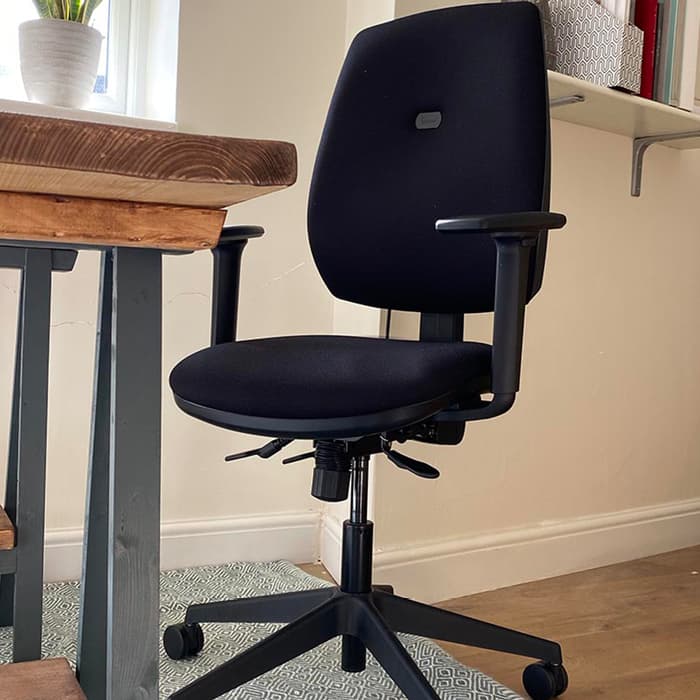
Ergonomic chair
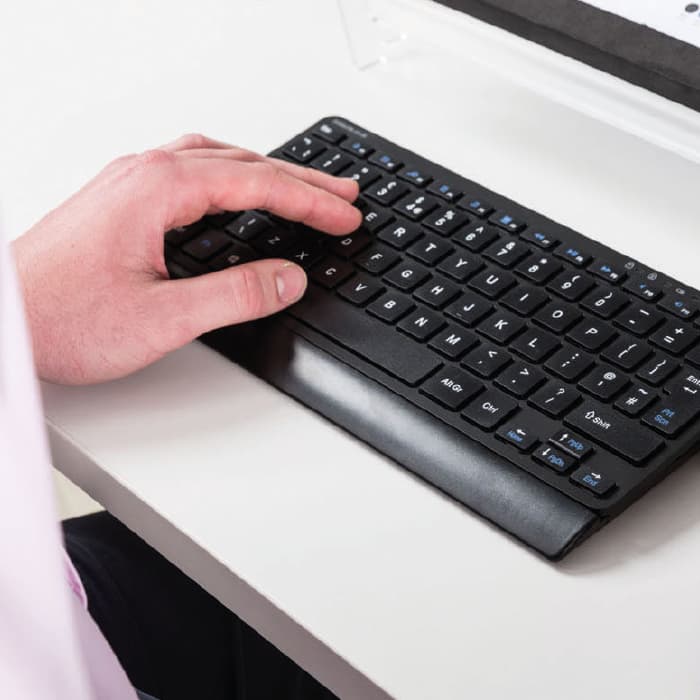
Compact keyboard
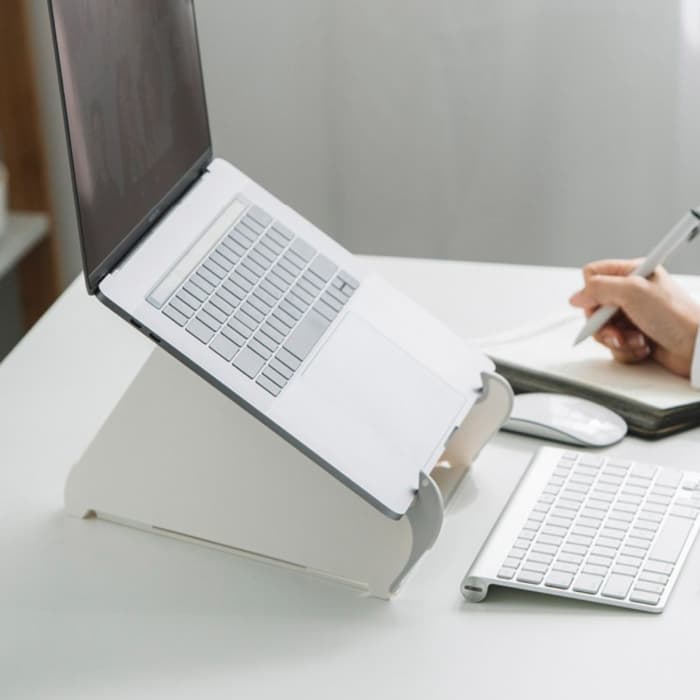
Laptop stand or adjustable monitor arms
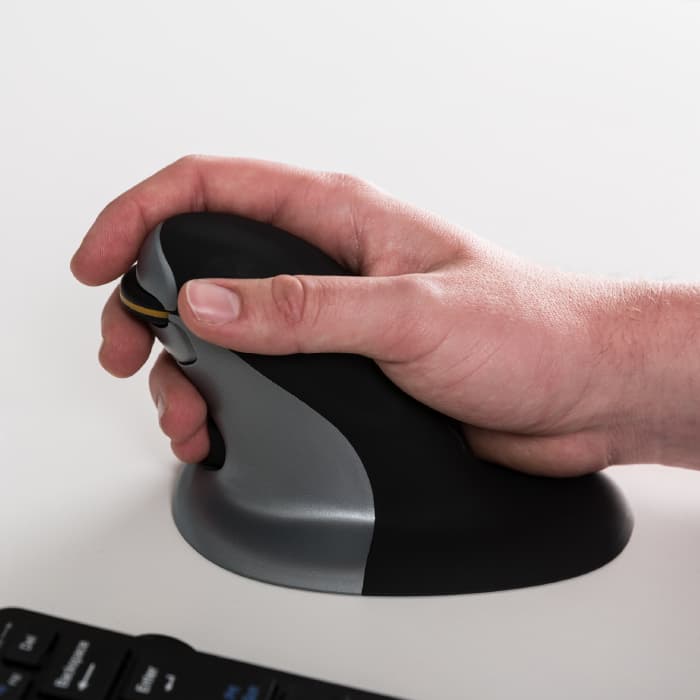
Mouse that suits your way of working
To make the most of your ergonomic equipment, you may benefit from having a workstation assessment, in which one of our experts will make sure your set-up is geared up perfectly for you.
Book a DSE assessment
A Display Screen Equipment (DSE) Assessment helps you work comfortably and healthily at your desk. The Posturite team will assess how suitable your chair, desk and other equipment are, guide you on posture and positioning, recommend how to help prevent issues such as back ache, and, if required, recommend products best for you personally.
What next?
Now that you’ve read up on our tips to boost you work from home wellbeing, you might be interested in exploring more of our guides, which have been designed to help you stay healthy, happy and productive while working from home.





